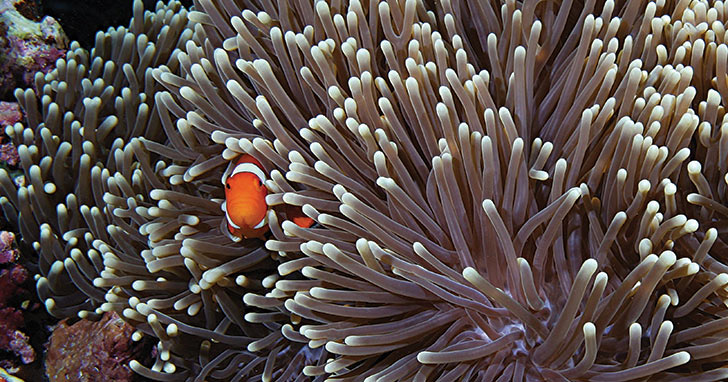
Find answers to frequently asked questions regarding aquarium water pumps. Arm yourself with valuable information essential for selection the right pump for your unique aquarium setup.
What are water pumps used for?
The most common use for water pumps is to move water to or from the filtration systems in freshwater or saltwater aquariums. The two main types of filtration setups are canister filter system (pressure setup) and wet/dry type of filtration systems.
Water pumps can also perform other functions in your aquarium… they can be used to create currents in your tank, drain/fill your tank, or push water through other devices, such as UV sterilizers, protein skimmers, and wave makers.
What is the proper flow rate for an aquarium?
A good rule of thumb is to try to turn over your aquarium volume five times an hour. This means that the pump you choose should be capable of moving 5 times as many gallons per hour as your tank holds. In other words, if you have a 30 gallon aquarium, your pump and filter should be capable of producing a minimum flow rate of 150 GPH.
Keep in mind that there are many variables that reduce flow when calculating GPH. These include head height, elbows or sharp turns in your plumbing, in-line canister filters and smaller-than-recommended outlet tubing.
What does "in-line" mean?
In-line pumps run outside of water… they are external pumps that must be kept completely dry, and are connected to your filtration system using a bulkhead, inlet hose and an outlet hose.
In contrast to in-line pumps, submerged or internal pumps run underwater, normally in the sump of your wet/dry filter.
What are the differences (advantages/disadvantages) of in-line/submerged pumps?
Submerged pumps - These pumps are much easier to install, and are generally quieter. But they can add heat to the water as they are water cooled. Additionally, they may take up valuable space in the sump area.
In-line or external pumps - The main advantage to in-line pumps is that they may add less heat to your aquarium water. Installation of an in-line pump often require additional plumbing in order for water to flow into the pump. This may mean drilling a hole into the side of your filter sump. Also, in-line pumps tend to generate more noise than submerged pumps.
How do I select a water pump?
First, you need to determine how many gallons per hour you will need your pump to produce. Next, determine the head height. The head height is the distance between the pump and the highest point the water will be pumped to. Using these two figures, refer to a flow chart for the specific brand of pump that you are interested in, and choose the model that delivers the GPH you need at the appropriate head height.
Next, you will need to make an adjustment to the size of the pump to compensate for restrictions that are placed on the pump. These restrictions include: elbows or sharp turns in your plumbing, in-line canister filters, and smaller-than-recommended outlet tubing.
Typically, purchasing a pump that is one size larger than the model that you initially decided on will allow for the normal restrictions caused by bends and elbows in the plumbing. However, if an in-line canister filter is being used, you may want to step up two models to ensure proper flow rate through the filter.
In either case, we recommend installing a ball valve on the outlet side of the pump so the water flow can be turned down if too large of a pump was installed. In other words, you can always turn down the water flow with too powerful of a pump, but you cannot increase the water flow if the pump you purchased is under powered.
Do I need to purchase hoses, adapters, valves, etc, separately?
Yes, as water pumps do not include any of the hoses connectors, clamps, and ball valves you'll need to have to set up your system.
What is the difference between the pumps that are designed for pressure set-ups vs. free flow set-ups?
Certain in-line water pumps utilize different motors and impellers depending on use for a pressurized or a free flow application. Free flow pumps employ a special smaller motor that can push as much water as the larger motor pumps that handle pressurized systems. This reduces the energy consumption of the pump.
The downside to these pumps designed for free flow applications, is that they do not handle back pressure that results from very high head heights or canister filters.
Are there special considerations/features for saltwater pumps?
No. All of the water pumps we carry are 100% safe for use with saltwater. However, if you purchase one of the Lifegard self-priming pumps, we recommend purchasing an optional saltwater shaft seal if you plan to use this pump on your saltwater aquarium.
How do I know what size tubing to buy for use with my pump?
As a general rule, always design your system to use the same size tubing as the inlet and outlet pipe fitting threads. This information is always provided as part of the water pump specifications. Remember, you must never reduce the inlet size on any pump. You can however, reduce the outlet tubing size to alter your flow rate. We strongly recommend that if a reduced flow rate is desired, you achieve this by using a ball valve rather than a smaller tubing size.
|